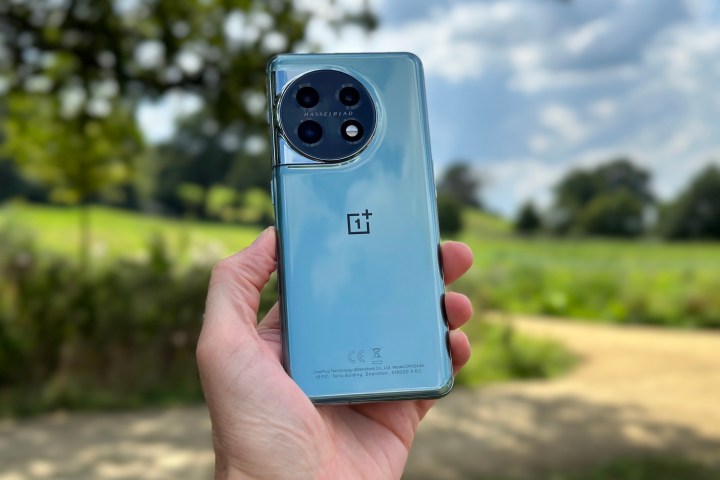
The early bird takes the worm. Translating this adage in the context of the oversaturated Android phone market, OnePlus has been launching its flagship phones with the newest and most powerful chips early for the last few years. The launch dates have consistently advanced every year, and the OnePlus 12 was launched in China in December. With its global launch set for January 23, about a month earlier than last year, the OnePlus 12 will be a tempting option with hardware upgrades — such as 24GB of RAM, the new Snapdragon 8 Gen 3 chip, and an entirely new suite of cameras.
But despite the upgrades, I still feel a strong pull for the OnePlus 11 — the phone I stuck to for most of 2023 and still recommend to anyone who wants a flagship OnePlus experience without burning a pile of cash. The OnePlus 11, despite being a year old, has many elements that make it a worthy and value-for-money option in front of other flagships or semi-flagships in 2024. Here are my top reasons to feel this way.
Praiseworthy ergonomics
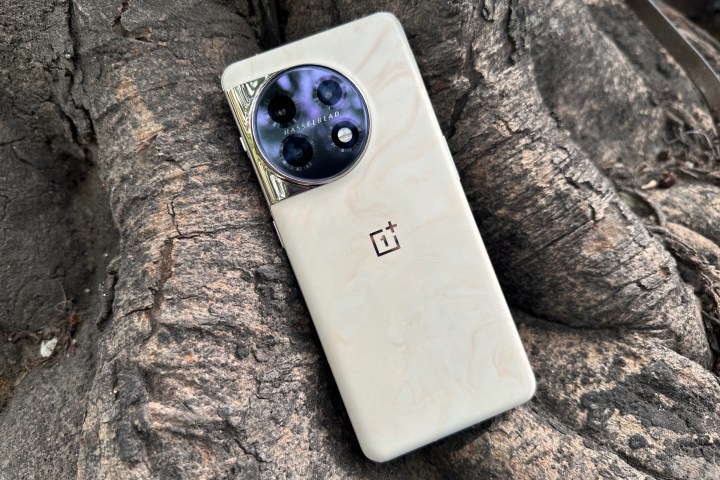
Of the many phones I used in 2023, the OnePlus 11 is one of the easiest to handle. OnePlus achieved a striking design, and holding or using the phone continuously for long hours does not feel laborious or challenging. This stands true despite the OnePlus 11’s large 6.7-inch display, one of the largest among Android phones. While its display size is comparable to the Samsung Galaxy S23 Ultra and the iPhone 15 Pro Max, the OnePlus 11 is far more comfortable.
Register your interest in the Galaxy S24 and get $50 in free Samsung Credit, as well as other offers, if you decide to pre-order.
The credit for its ease of handling goes to its design, with tapered edges that are considerably thinner than the middle of the phone. The curves on the back give me the confidence (and I should do the same for everyone with average-sized hands) to hold and use the phone without necessarily feeling the need to engage the other hand.
The OnePlus 11 cannot be called lightweight — unless compared with phones accommodating similarly large screens. It weighs 205 grams (about 7.23 ounces), and you readily feel the weight in your palm, especially when moving from a lightweight phone such as an iPhone mini or a modern-day Motorola handset. What you would find missing on these phones is either a glass back or the same expansive dimensions as the OnePlus 11.
While it’s unfortunate that big screens and classy materials make phones heavier, the OnePlus 11 feels graceful, with commendable ergonomics and ease of use. Unfortunately, with the OnePlus 12, these may be lost as the company has increased the battery capacity and upgraded the camera system, compromising the slenderness.
Processor, RAM, and fast charging are terrific
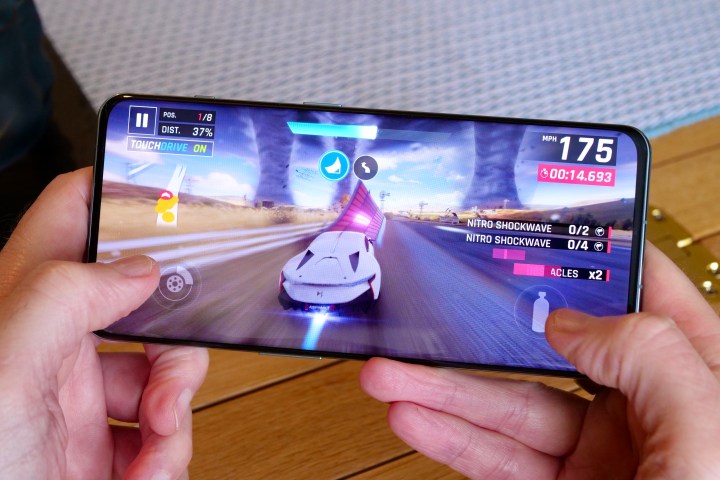
Fluidity and swiftness have been traits of OnePlus flagships for several past generations. That notion arises from both the hardware and the software. Even though flagship OnePlus phones — post the transition to what is now heavily influenced by OPPO’s ColorOS — do not feel as zippy as older models running the original OxygenOS, their hardware remains top-notch.
The OnePlus 11, for instance, comes with a Snapdragon 8 Gen 2 chipset. Despite not being as powerful as the newer Snapdragon 8 Gen 3, which drives the OnePlus 12, the 8 Gen 2 still holds plenty of power and can easily run demanding tasks, including top-tier games.
There are obvious benefits to choosing a newer chipset, but there are risks of under-optimization and poor thermal performance in the early month of production. The Snapdragon 8 Gen 3 has a CPU with higher clock speeds across cores, which can be expected to deliver more power. Qualcomm also insists that the chip is 20% more power-efficient while promising a 25% better graphics unit performance.
However, unless a phone with an older chip — OnePlus 11 in this case — is up for a competitive battle of synthetic benchmarks against a newer generation, say OnePlus 12, you wouldn’t feel a massive performance boost. Being in production for over a year now, the Snapdragon 8 Gen 2 also benefits from the economics of scale and will now be cheaper for brands to acquire, which should translate to lower prices of phones from last year — or sub-flagship devices powered by older-generation chipsets.
Besides a strong chipset, the OnePlus 11 has up to 16GB of RAM, which easily runs dozens of apps. Complementing the massive RAM, OnePlus 11’s 256GB variant uses a faster UFS 4.0 storage technology.
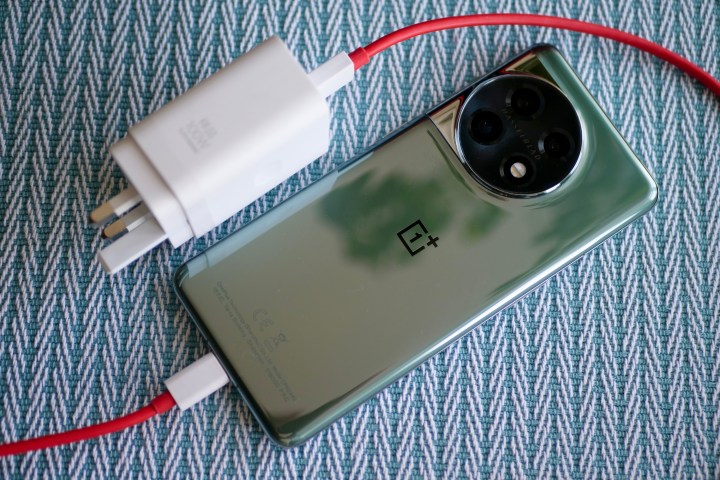
Besides a strong backing from the hardware, the OnePlus 11 has 80-watt fast wired charging, which fully charges the phone in about 30 minutes. Plugging the phone even for a few minutes can supply enough power for the phone to last for a few hours — a feature that remains unrivaled, especially when we limit our options to the U.S. phone market.
I miss the ease of charging my phone wirelessly — especially with OnePlus’ 50W proprietary fast wireless charger, which was compatible with the OnePlus 10 Pro. But if wireless charging is not on your list of essential features, that’s one less problem.
The display doesn’t hold back
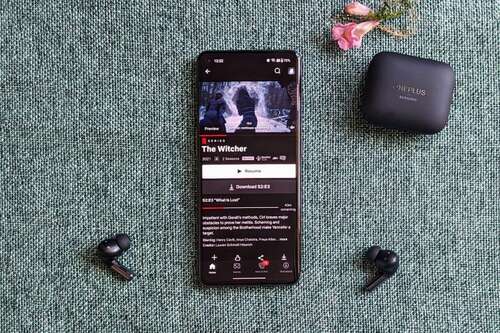
The OnePlus 11 uses a Samsung AMOLED display with LTPO3 technology. This means while it supports a maximum refresh rate of 120Hz, the screen can actively switch to a lower refresh rate to synchronize with its contents, which effectively helps save the battery. The display supports resolutions up to Quad HD+ (1440 x 3216 pixels). So, if you enjoy watching content of higher quality or prefer crisper visual elements, the higher resolution is a plus. If you don’t necessarily see it as a bonus, you can lower it to 1080p and save some of the battery.
What really makes the OnePlus 11’s display exciting to me is support for Dolby Vision, especially since stalwarts from Samsung’s and Google’s clans lack it. This means that video content recorded with Dolby Vision appears brighter and more contrasted than the Galaxy S23 or Pixel 8 series. Naturally, less expensive phones from these brands don’t stand a chance either.
OnePlus has taken massive strides in terms of the display’s brightness with the OnePlus 12, claiming up to 1,600 nits of brightness in manual mode and up to 4,500 nits of peak brightness (compared to 800 nits and 1,300 nits on the OnePlus 11 respectively). While the OnePlus 12 gets due advantage in bright or outdoor scenarios, the OnePlus 11 doesn’t exactly lag behind either. Under indoor lighting or without direct sunlight, you will barely find the OnePlus 11 lacking in any sense. More importantly, both phones support a similar range of colors, meaning you will not find the OnePlus 11 unusually dull, especially with automatic brightness.
Lastly, while using curved display edges is debatable — and brands like Apple and Samsung usually stay away from them, the OnePlus 11 embraces them — and I like it. The curved edges are especially useful while using navigation gestures or scrolling down a page. But on the downside, screen protectors compatible with curved edges are difficult to come by and install, while uncovered curved screens are likely more prone to breaking.
Haptics that I can’t get enough of
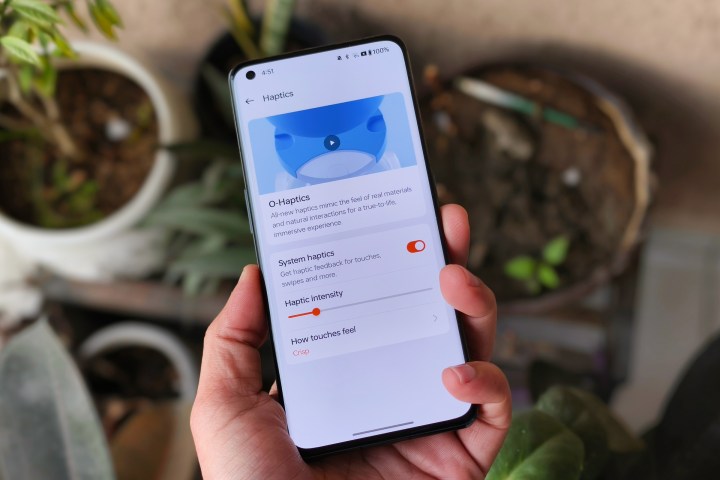
Android phones lag far behind and lack the same refinement as the iPhone when it comes to haptic responses — the tiny vibrations you feel when you trigger a gesture or tap a button. OnePlus, however, has come impressively close and, in certain gestures, even better than iPhones. Part of this can be accredited to a refined vibration motor inside the OnePlus 11, which the company calls a “Bionic” vibration motor.
OnePlus claims to be the strongest vibration motor on any Android phone and uses various measures of force and nimbleness to back its precision. Instead of a generic vibrational feedback for every action, the haptics on the OnePlus 11 are attuned to the gesture — such as typing, changing the brightness or the volume, scrolling, etc. For popular games, such as PUBG Mobile, the haptic feedback is also tied to actions such as firing a gun, driving a vehicle, etc., to improve how you engage with them.
The swift and precise movements are controlled by a software feature called O-Haptics, shared by OnePlus and its parent company, Oppo. Under this, you find many settings to change the vibration intensity and choose between crisp and smooth vibration to customize it to your liking. While it’s difficult to feel the vibration just by reading about it, this video uses imagery for different usage scenarios to visualize the vibrations.
Even as other phones, such as the existing OnePlus 11R and the anticipated OnePlus 12R, are stocked with comparable hardware to the OnePlus 11, minor refinements like these make it feel like a more premium phone.
Even in 2024, the OnePlus 11 still has it
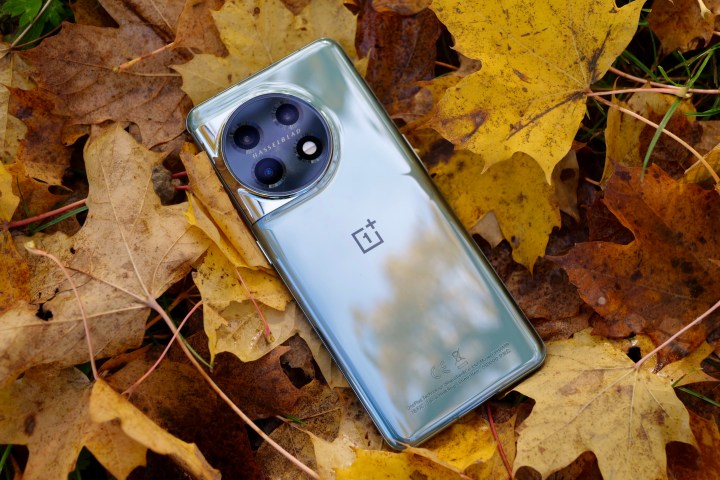
While I’ve sung praises for the OnePlus 11, there’s no denying that the OnePlus 12 is the better phone in almost all senses. It has a better chipset, embraces superfast wireless charging again, and has an astonishingly bright display. Besides the immediately visible increments, the OnePlus 12 also gets a tad bit better when it comes to water resistance. But at the same time, the OnePlus 12 also gains a few millimeters in thickness as it accommodates a bigger battery while also weighing slightly heavier.
Despite the improvements that the OnePlus 12 brings to the table, I recommend the OnePlus 11 for one primary reason — the value it offers for a lower price. Currently, the OnePlus 11’s base variant is available on the company’s online store for $100 less than its original launch price of $700. The more tempting option, however, would be the one with 16GB RAM and 256GB storage, listed at just $630.
The improvements on the OnePlus 12 are unquestionably tempting, but you must be mindful of the fact that they will receive a higher price. The 256GB variant of the OnePlus 11 was originally launched for $800, and the OnePlus 12’s price could take a steeper hike. Your options for phones around $650 aren’t limited, but the OnePlus 11 offers an exciting blend of brilliant performance, superfast wired charging, a well-optimized battery, and software that has both good and bad elements.
Lastly, while the upcoming OnePlus 12R — most likely a rebadged OnePlus Ace 3, which launched in China earlier this month — may tempt you with a similar package, one aspect still holding the OnePlus 11 to an advantage is the Hasselblad-tuned camera with better telephoto and ultrawide sensors. But, if your pursuit of a new phone involves looking for the same “flagship killer” characteristics that OnePlus once stood for, the OnePlus 11 is a better choice than any other phone in the company’s current portfolio.
Editors’ Recommendations

